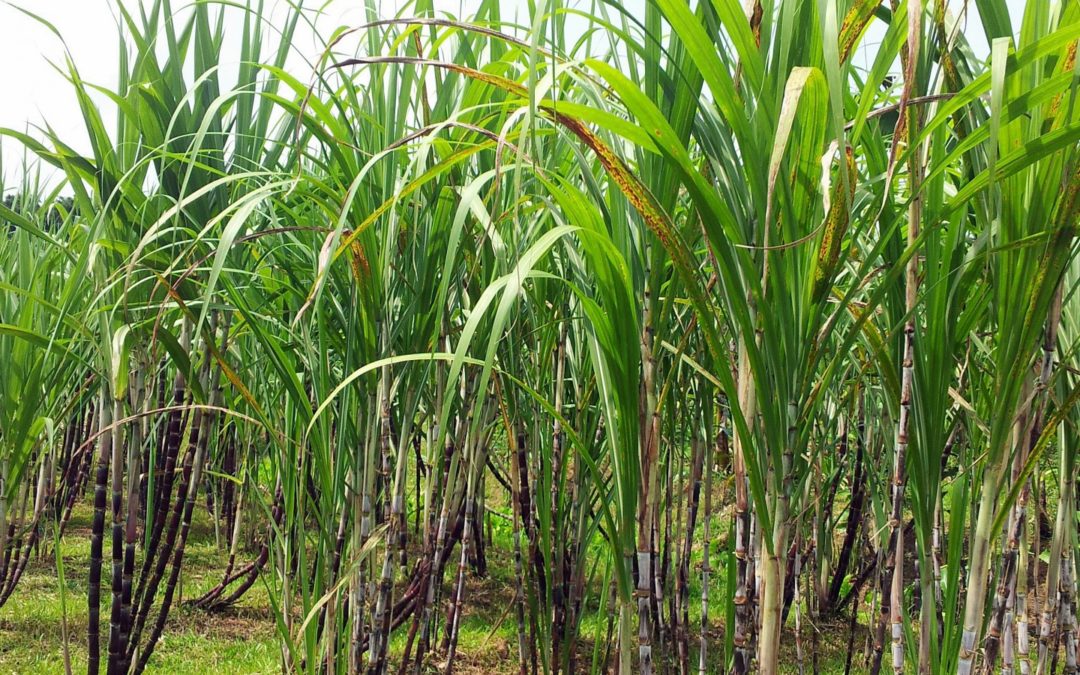Why Cane Sugar Handling Chemicals Are Important for Modern Sugar Refining
The duty of walking stick sugar handling chemicals in contemporary sugar refining can not be overemphasized, as they are integral to improving both the performance of extraction and the total high quality of the end product. Agents such as phosphoric acid and certain flocculants are employed to get rid of contaminations, causing sugar that not only satisfies consumer expectations yet likewise sticks to industry requirements. Nevertheless, the effects of these chemicals extend past quality, touching upon market dynamics and environmental considerations. This elevates vital questions about the sustainability of such methods and their influence on the future of sugar manufacturing.
Role of Handling Chemicals
The efficiency of walking cane sugar processing pivots substantially on the strategic application of processing chemicals. These chemicals play an essential function in enhancing the efficiency and quality of sugar extraction and refining. From the initial phases of juice removal to the final filtration steps, handling chemicals promote different vital operations.
In the removal phase, chemicals such as phosphoric acid and calcium hydroxide are used to enhance the information process, helping to remove contaminations and suspended solids from the cane juice. This not just enhances the return but also ensures the quality of the end product. In addition, agents like flocculants help in the fast settling of contaminations, therefore improving the overall procedure.
Turned on carbon and ion exchange materials serve to remove shade and odor, making certain that the refined sugar fulfills customer top quality requirements. Therefore, the thorough selection and application of these chemicals are important for accomplishing optimal end results in cane sugar processing.
Trick Kinds Of Chemicals
Walking stick sugar handling counts on a variety of essential chemicals that assist in each phase of manufacturing. These chemicals play vital duties in making clear, lightening, and purifying the sugar drawn out from walking stick.
One key group of chemicals includes flocculants, such as polyacrylamide, which aid in the information procedure by advertising the gathering and settling of contaminations. Additionally, calcium hydroxide is typically utilized to reduce the effects of level of acidity and aid in the removal of non-sugar components.
Bleaching representatives, such as turned on carbon and sulfur dioxide, are used to decolorize the syrup, resulting in a clearer last item. These chemicals aid remove shade substances that might impact the sugar's look and bankability.
Moreover, phosphoric acid works as a pH regulatory authority during the processing phases, making certain ideal conditions for the enzymatic activities associated with sugar removal and filtration.
Various other essential agents consist of edta (ethylenediaminetetraacetic acid), which chelates metal ions that could catalyze unwanted reactions, and salt hydroxide, which helps in pH control throughout the refining process. Collectively, these chemicals boost effectiveness and ensure a top quality cane sugar product.
Advantages for Sugar Quality
Usually forgotten, the usage of certain processing chemicals dramatically improves the total high quality of walking stick sugar. These chemicals play a crucial function in refining procedures, guaranteeing that the last item meets rigid industry requirements for purity and preference.

Additionally, processing chemicals help in accomplishing a regular granulation and appearance, which are essential for customer acceptance. By managing the formation process, these chemicals guarantee that the sugar crystals form uniformly, leading to a more appealing item that liquifies well in different applications.
Moreover, making use of these chemicals can enhance the service life of read this article cane sugar by minimizing dampness absorption and microbial development. Generally, the tactical application of processing chemicals is essential for delivering top quality cane sugar that fulfills consumer assumptions and market needs.
Ecological Effect Considerations

Moreover, the energy-intensive nature of sugar refining, worsened by chemical use, often results in enhanced carbon discharges. This contributes to environment adjustment and raises concerns relating to the sustainability of present refining methods. In addition, the sourcing of these chemicals might entail techniques that intimidate biodiversity, such as monoculture farming, which reduces the durability of farming environments.

To minimize these influences, sugar refiners are significantly exploring lasting options and embracing best practices that minimize chemical usage. Applying strenuous environmental management systems can help ensure that the refining procedure straightens with environmental standards and advertises biodiversity. Eventually, a balanced method that focuses on both sugar top quality and environmental stewardship is important for the lasting stability of the sugar market.
Future Trends in Refining
As the sugar sector comes to grips with the ecological obstacles related to standard refining methods, cutting-edge methods are arising to improve both effectiveness and sustainability. One substantial pattern is the fostering of eco-friendly chemistry principles, which focus on making use of safe, naturally degradable processing chemicals. This shift not just lessens environmental effect but additionally addresses consumer demand for cleaner production techniques.
Another appealing growth is the application of innovative purification technologies, such as membrane splitting up and adsorption processes. These methods enhance the clarity and quality of the sugar while decreasing the quantity of wastewater produced throughout refining. In addition, the integration of digital modern technologies, including IoT and AI, is transforming functional performance by enabling real-time tracking and anticipating Recommended Reading maintenance, hence reducing resource waste.
In addition, making use of by-products from sugar refining, such as bagasse and molasses, is obtaining traction. These materials can be exchanged biofuels or value-added items, adding to a round economic climate within the market. Jointly, these fads signify a change towards even more lasting techniques that not just boost functional efficiency however likewise line up with international sustainability objectives, ensuring the future feasibility of sugar refining.
Verdict
Cane sugar handling chemicals are essential in modern-day sugar refining, dramatically improving the effectiveness and top quality of sugar removal. The critical usage of these chemicals not only boosts the purity and taste of the end product but additionally makes sure regular formation and structure. As the market increasingly prioritizes sustainability, the fostering of environmentally-friendly handling representatives is likely to form future patterns in refining, eventually leading to better items and prolonged life span for consumers.

Ultimately, a balanced technique that focuses on both sugar top quality and ecological stewardship is crucial for the long-term practicality of the sugar sector.
Walking stick sugar processing chemicals are important in contemporary sugar refining, dramatically enhancing the effectiveness and quality of sugar removal.